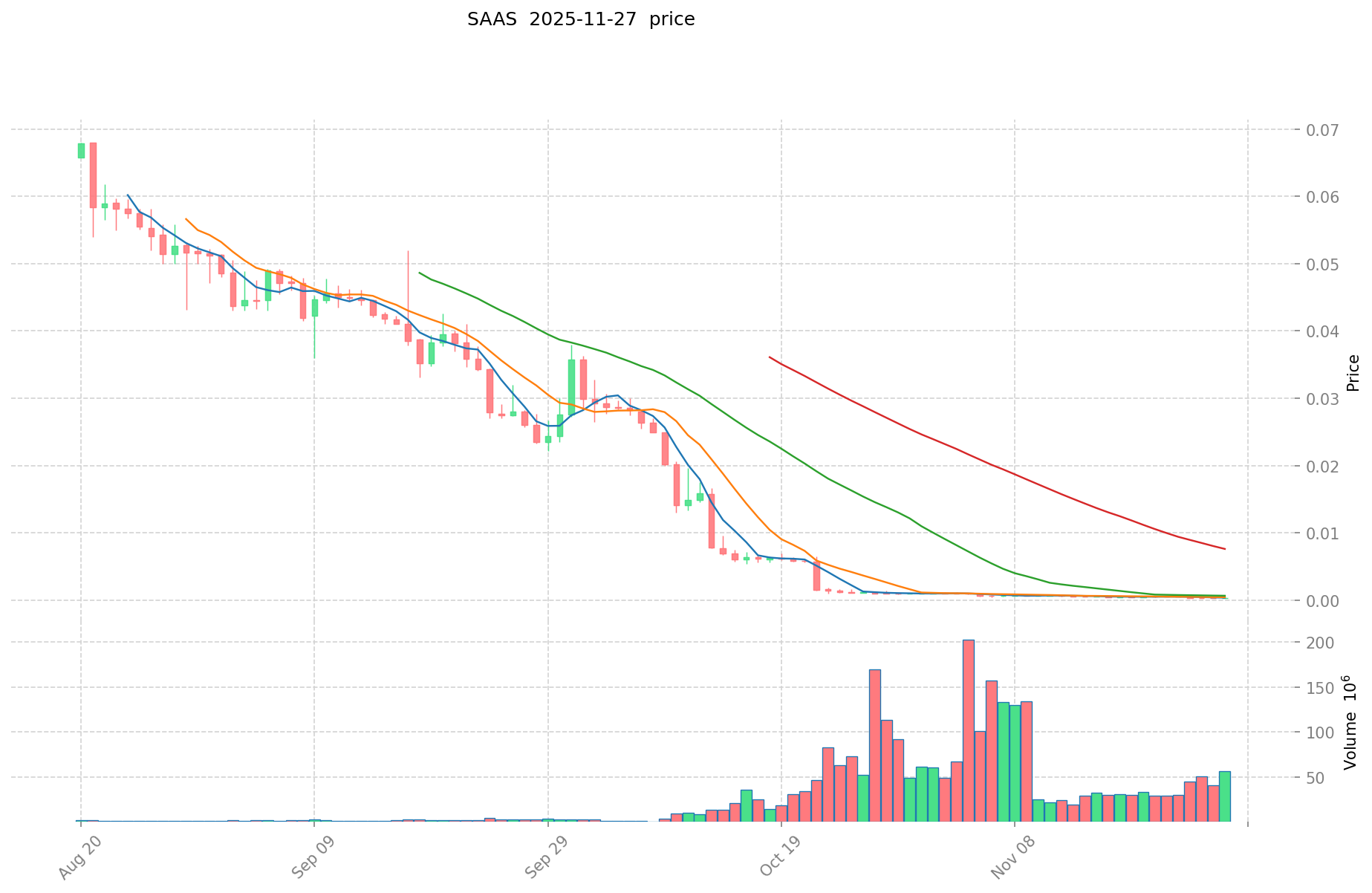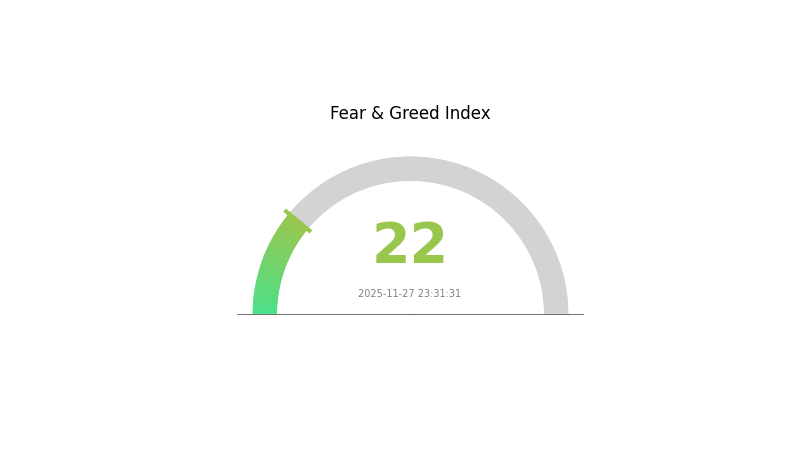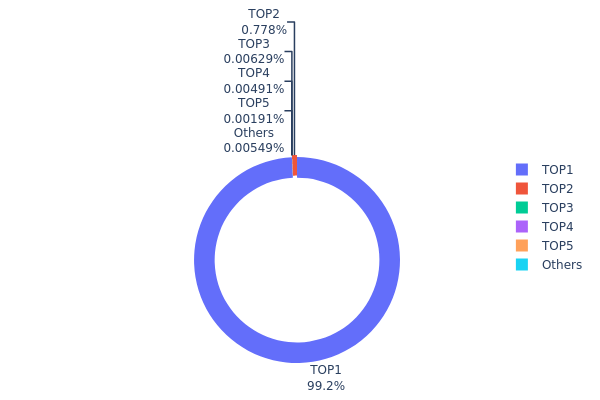2025 SAAS Price Prediction: Navigating the Future of Cloud-Based Software Costs
Introduction: SAAS's Market Position and Investment Value
SaaSGo (SAAS), as a pioneering platform for code-free deployment of peer-to-peer Dapp marketplaces, has made significant strides since its inception. As of 2025, SaaSGo's market capitalization has reached $251,520, with a circulating supply of approximately 800,000,000 tokens, and a price hovering around $0.0003144. This asset, hailed as the "DeFi Marketplace Enabler," is playing an increasingly crucial role in democratizing the creation of decentralized finance platforms.
This article will provide a comprehensive analysis of SaaSGo's price trends from 2025 to 2030, taking into account historical patterns, market supply and demand, ecosystem development, and macroeconomic factors, offering investors professional price predictions and practical investment strategies.
I. SAAS Price History Review and Current Market Status
SAAS Historical Price Evolution
- 2024: Initial launch, price reached all-time high of $0.1182 on December 20
- 2025: Significant market downturn, price dropped to all-time low of $0.00027 on November 24
SAAS Current Market Situation
SAAS is currently trading at $0.0003144, representing a 99.73% decline from its all-time high. The token has experienced significant volatility in recent periods, with a 6.63% decrease in the last 24 hours and a substantial 41.73% drop over the past week. The 30-day performance shows an even more dramatic decline of 68.57%. With a market capitalization of $251,520 and a fully diluted valuation of $314,400, SAAS currently ranks 3927th in the cryptocurrency market. The circulating supply stands at 800,000,000 SAAS, which is 80% of the maximum supply of 1,000,000,000 tokens. Trading volume in the last 24 hours reached $17,325.09, indicating moderate market activity despite the recent price declines.
Click to view the current SAAS market price

SAAS Market Sentiment Indicator
2025-11-27 Fear and Greed Index: 22 (Extreme Fear)
Click to view the current Fear & Greed Index
The crypto market is currently experiencing a period of extreme fear, with the Fear and Greed Index dropping to a low of 22. This indicates a high level of uncertainty and pessimism among investors. During such times, it's crucial to remain cautious and avoid making impulsive decisions. However, as Warren Buffett famously said, "Be fearful when others are greedy, and greedy when others are fearful." This could potentially present buying opportunities for long-term investors who believe in the future of cryptocurrencies.

SAAS Holdings Distribution
The address holdings distribution data for SAAS reveals a highly concentrated ownership structure. The top address holds an overwhelming 99.20% of the total supply, amounting to 992,029.98K SAAS tokens. This extreme concentration raises significant concerns about the token's decentralization and market dynamics.
The second-largest holder owns 0.77% of the supply, while the remaining addresses hold negligible amounts. Such a skewed distribution suggests that SAAS's market is potentially susceptible to manipulation by the dominant address. This concentration could lead to increased volatility and liquidity issues, as any large movement from the top holder could dramatically impact the token's price and available supply in the market.
From a market structure perspective, this level of concentration indicates a low degree of decentralization for SAAS. It may deter smaller investors due to concerns about price stability and fair market practices. The current distribution pattern also implies that the on-chain governance and decision-making processes, if any, could be heavily influenced by a single entity, potentially compromising the project's claimed decentralization efforts.
Click to view the current SAAS Holdings Distribution

| Top | Address | Holding Qty | Holding (%) |
|---|---|---|---|
| 1 | 0x6191...df589d | 992029.98K | 99.20% |
| 2 | 0x0d07...b492fe | 7783.98K | 0.77% |
| 3 | 0x1320...47fb46 | 62.93K | 0.00% |
| 4 | 0x0000...e08a90 | 49.12K | 0.00% |
| 5 | 0x157a...b191db | 19.09K | 0.00% |
| - | Others | 54.91K | 0.030000000000001% |
II. Key Factors Affecting Future SAAS Price
Supply Mechanism
- Fixed Supply: SAAS has a fixed total supply, which creates scarcity and potentially supports long-term price appreciation.
Institutional and Whale Dynamics
- Enterprise Adoption: Several technology companies have shown interest in integrating SAAS into their blockchain solutions.
Macroeconomic Environment
- Inflation Hedge Properties: As a decentralized asset, SAAS may serve as a hedge against inflation in uncertain economic times.
Technological Development and Ecosystem Building
- Platform Upgrades: Ongoing improvements to the SAAS network are expected to enhance scalability and transaction speeds.
- Ecosystem Applications: The SAAS ecosystem is growing with various DApps being developed on its platform, including decentralized finance (DeFi) applications.
III. SAAS Price Prediction for 2025-2030
2025 Outlook
- Conservative prediction: $0.00024 - $0.00032
- Neutral prediction: $0.00032 - $0.00038
- Optimistic prediction: $0.00038 - $0.00045 (requires favorable market conditions)
2027 Mid-term Outlook
- Market stage expectation: Potential growth phase
- Price range forecast:
- 2026: $0.00023 - $0.00047
- 2027: $0.00029 - $0.00055
- Key catalysts: Increasing adoption, technological advancements
2030 Long-term Outlook
- Base scenario: $0.00034 - $0.00061 (assuming steady market growth)
- Optimistic scenario: $0.00061 - $0.00073 (assuming strong market performance)
- Transformative scenario: $0.00073+ (extreme favorable conditions)
- 2030-12-31: SAAS $0.00073 (potential peak price)
| 年份 | 预测最高价 | 预测平均价格 | 预测最低价 | 涨跌幅 |
|---|---|---|---|---|
| 2025 | 0.00045 | 0.00032 | 0.00024 | 1 |
| 2026 | 0.00047 | 0.00038 | 0.00023 | 22 |
| 2027 | 0.00055 | 0.00042 | 0.00029 | 35 |
| 2028 | 0.00064 | 0.00049 | 0.00033 | 54 |
| 2029 | 0.00066 | 0.00056 | 0.00051 | 78 |
| 2030 | 0.00073 | 0.00061 | 0.00034 | 93 |
IV. Professional Investment Strategies and Risk Management for SAAS
SAAS Investment Methodology
(1) Long-term Holding Strategy
- Target investors: Risk-tolerant investors with a long-term perspective
- Operation suggestions:
- Accumulate SAAS tokens during market dips
- Set price targets for partial profit-taking
- Store tokens in secure hardware wallets
(2) Active Trading Strategy
- Technical analysis tools:
- Moving Averages: Monitor short-term and long-term trends
- RSI (Relative Strength Index): Identify overbought and oversold conditions
- Key points for swing trading:
- Identify support and resistance levels
- Use stop-loss orders to manage risk
SAAS Risk Management Framework
(1) Asset Allocation Principles
- Conservative investors: 1-3%
- Aggressive investors: 5-10%
- Professional investors: 10-20%
(2) Risk Hedging Solutions
- Diversification: Spread investments across multiple cryptocurrencies
- Stop-loss orders: Set automatic sell orders to limit potential losses
(3) Secure Storage Solutions
- Hot wallet recommendation: Gate web3 wallet
- Cold storage solution: Hardware wallets for long-term storage
- Security precautions: Enable two-factor authentication, use strong passwords
V. Potential Risks and Challenges for SAAS
SAAS Market Risks
- High volatility: Cryptocurrency markets can experience extreme price swings
- Limited adoption: SaaSGo platform may struggle to gain widespread usage
- Competition: Other no-code DeFi platforms may emerge as strong competitors
SAAS Regulatory Risks
- Uncertain regulations: Governments may impose stricter rules on DeFi platforms
- Legal challenges: SaaSGo's business model may face regulatory scrutiny
- Tax implications: Unclear tax treatment of DeFi transactions
SAAS Technical Risks
- Smart contract vulnerabilities: Potential for exploits or bugs in the platform
- Scalability issues: Platform may struggle to handle increased user demand
- Interoperability challenges: Difficulty integrating with other blockchain networks
VI. Conclusion and Action Recommendations
SAAS Investment Value Assessment
SAAS presents a high-risk, high-potential investment opportunity in the emerging DeFi sector. While its no-code deployment platform offers innovative solutions, it faces significant market, regulatory, and technical challenges.
SAAS Investment Recommendations
✅ Beginners: Start with small investments, focus on learning the technology ✅ Experienced investors: Consider allocating a small portion of portfolio, monitor closely ✅ Institutional investors: Conduct thorough due diligence, consider as part of a diversified crypto portfolio
SAAS Trading Participation Methods
- Spot trading: Buy and sell SAAS tokens on Gate.com
- Staking: Participate in staking programs if offered by the SaaSGo platform
- DeFi integration: Explore yield farming or liquidity provision opportunities on the SaaSGo platform
Cryptocurrency investments carry extremely high risks, and this article does not constitute investment advice. Investors should make decisions based on their own risk tolerance and are advised to consult professional financial advisors. Never invest more than you can afford to lose.
FAQ
What is the 3 3 2 2 2 rule of SaaS?
The 3 3 2 2 2 rule of SaaS suggests: 3% conversion rate, 3x expansion revenue, $2k average revenue per account, 2-year payback period, and 2% logo churn rate for successful SaaS businesses.
What is the 10x rule for SaaS?
The 10x rule for SaaS suggests that a product should be 10 times better than existing solutions to succeed in the market and justify switching costs for customers.
What is the rule of 65 in SaaS?
The rule of 65 in SaaS states that a company's growth rate plus profit margin should equal 65% or higher for optimal performance and valuation.
Is SaaS a good investment?
Yes, SaaS can be a promising investment. It offers scalable growth, recurring revenue, and high profit margins. The industry continues to expand, driven by digital transformation trends.
Share
Content